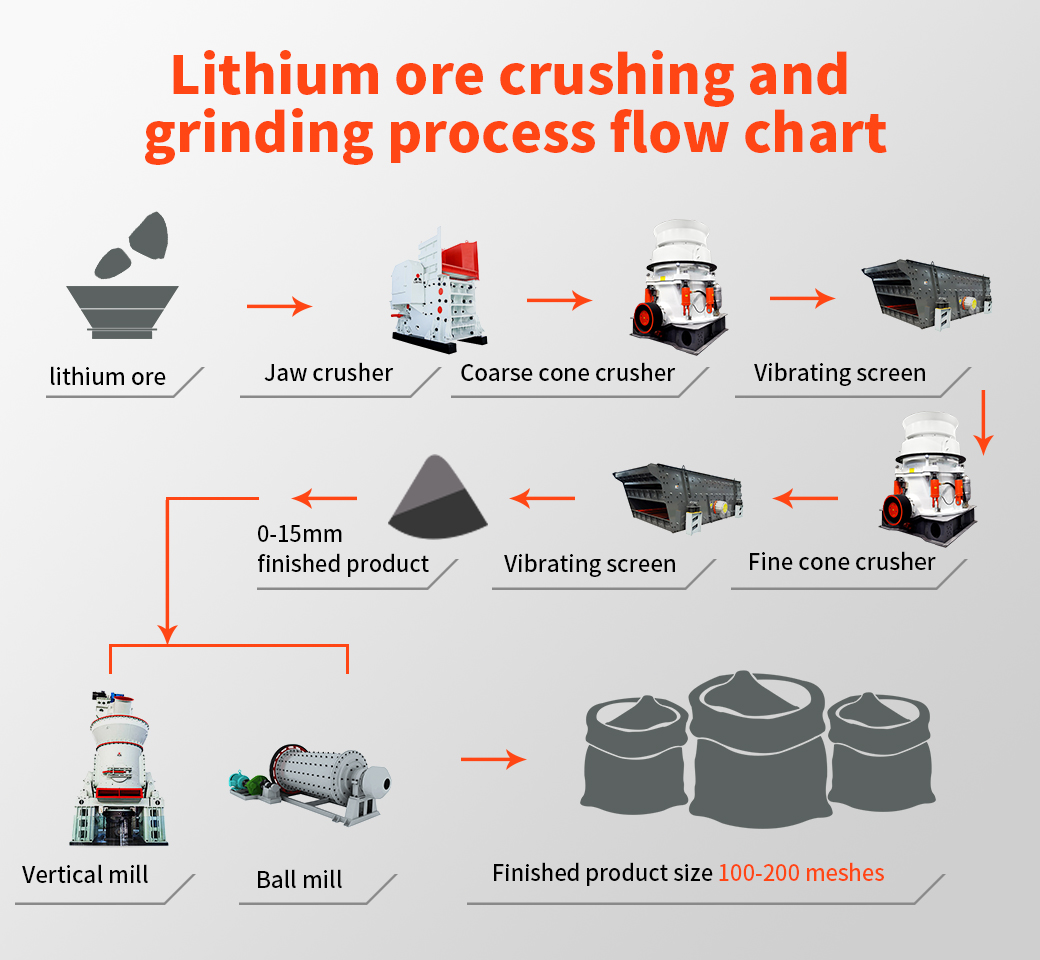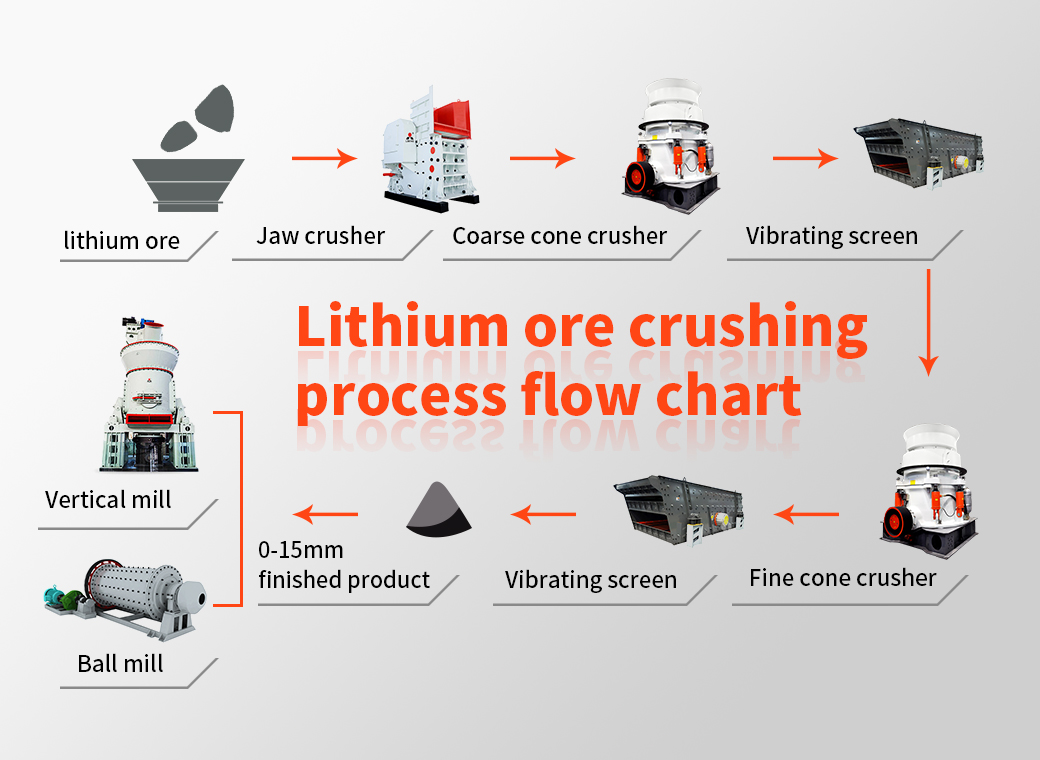The process of mobile crushing and screening
The process of mobile crushing and screening is as follows: first, the construction waste is evenly fed into the jaw crusher by the vibrating feeder for primary crushing; second, the coarsely crushed construction waste is fed into the impact crusher or cone crusher by the belt conveyor for further crushing; third, the finely crushed construction waste is fed into the vibrating screen by the belt conveyor for screening. Fourth, according to the particle size and moisture content of the screened materials, they are sent to different stacking areas by different belt conveyors; fifth, when all materials in each stacking area reach the predetermined height, they will be sent to a transfer site for collection.

Construction waste mobile station crushing and screening site
Advantages of mobile crushing and screening
There are many advantages of mobile crushing and screening. This technology allows for on-site crushing and screening of construction waste, which can lead to significant savings in both time and money. Additionally, mobile crushing and screening is much more versatile than traditional methods, allowing for a wider range of materials to be processed. Finally, this technology is much more environmentally friendly, as it eliminates the need for transportation of construction waste to landfill sites.
Disadvantages of mobile crushing and screening
There are several disadvantages of mobile crushing and screening plants when compared to stationary plants. These include:
1. Increased fuel consumption – due to the need to transport the plants to different sites, mobile crushing and screening plants consume more fuel than stationary plants.
2. Limited production capacity – due to their smaller size, mobile crushing and screening plants have a limited production capacity when compared to stationary plants.
3. Higher maintenance costs – as they are more complex in design, mobile crushing and screening plants require more maintenance than stationary plants. This results in higher maintenance costs for operators.
4. Lower levels of product quality – as mobile crushing and screening plants are often located in remote locations, they can sometimes produce lower quality products when compared to stationary plants.





 Spodumene: According to the hard rock crushing process, the crushed product is generally 5-40mm, combined with different design requirements of customers, two-end or three-stage crushing, high-grade crushed products (above 4-5%) can be directly used in the metallurgical process to produce lithium carbonate Or lithium hydroxide, the particle size of the finished product is generally around 20-40mm; low-grade generally requires ball mill grinding and separation, and the particle size of the finished product is generally around 5-20mm;
Spodumene: According to the hard rock crushing process, the crushed product is generally 5-40mm, combined with different design requirements of customers, two-end or three-stage crushing, high-grade crushed products (above 4-5%) can be directly used in the metallurgical process to produce lithium carbonate Or lithium hydroxide, the particle size of the finished product is generally around 20-40mm; low-grade generally requires ball mill grinding and separation, and the particle size of the finished product is generally around 5-20mm;
